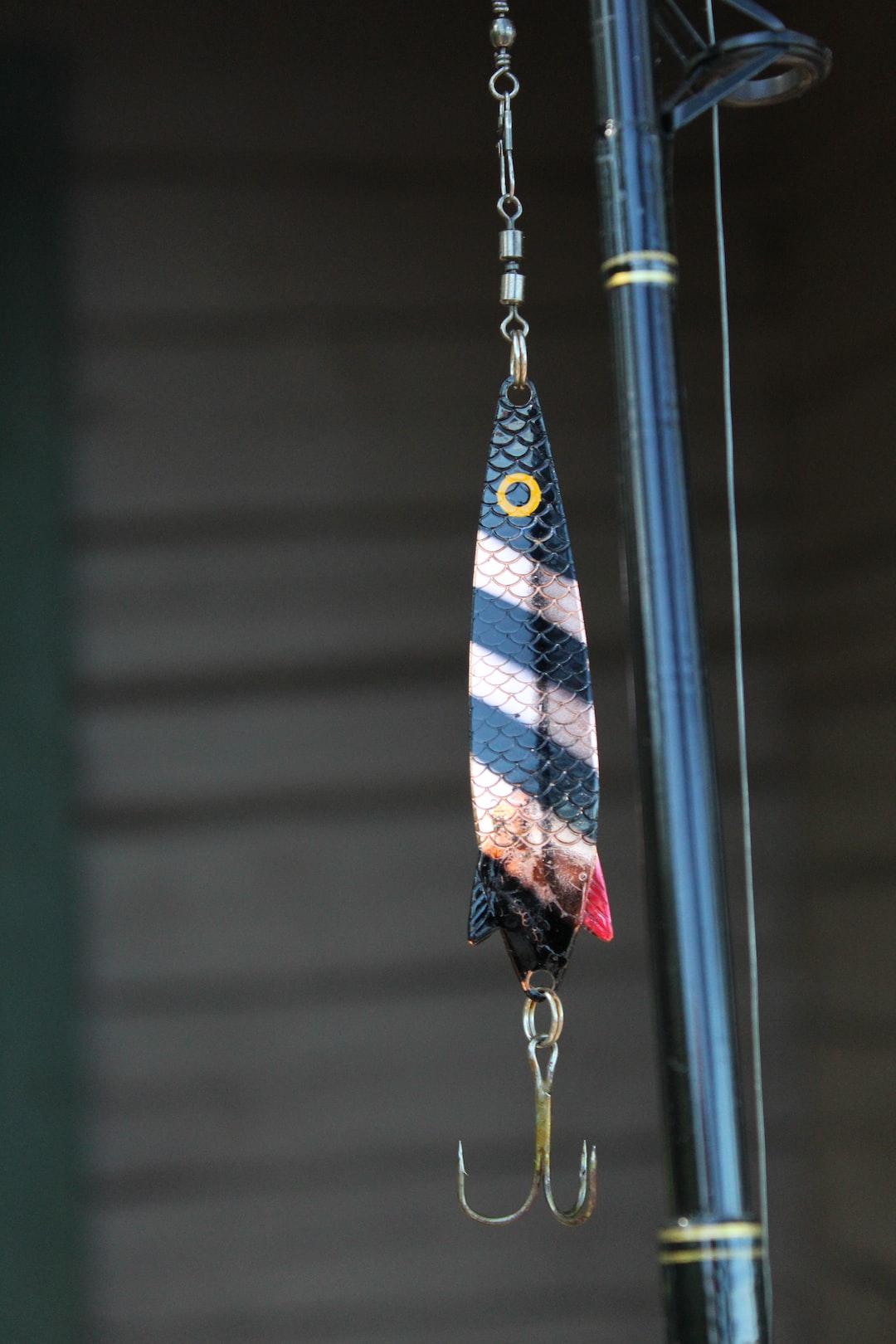Rock Collecting as a Hobby: How to Start Your Collection
Rock collecting, also known as rock hounding or geology collecting, is an intriguing and educational hobby that allows you to connect with nature and learn about the Earth’s history. Whether you are a beginner or experienced collector, starting your own rock collection can be an exciting adventure. Here are some tips to help you get started on this fascinating journey.
1. Learn about Rocks: The first step in starting your rock collection is to educate yourself about the different types of rocks and minerals. Familiarize yourself with the different categories, such as igneous, sedimentary, and metamorphic rocks, as well as their characteristics. Read books, watch documentaries, or join a local rock hounding club to gain knowledge from experienced collectors. The more you know, the easier it will be to identify potential additions to your collection.
2. Understand Local Geology: Local geological formations are excellent sources for your rock collection. Research the geology of your area and visit local parks, national parks, and geological landmarks to discover unique specimens. Look for interesting rock formations, cliffs, or streambeds to find a variety of rocks. Exploring your surroundings will not only enhance your collection but also create a sense of adventure.
3. Obtain the Right Tools: To collect rocks effectively, you will need some basic tools. A sturdy rock hammer is essential for extracting specimens from larger rocks or breaking them into smaller pieces. A hand lens (also known as a loupe) is invaluable for examining the details of rocks, minerals, and crystals. Additionally, a small chisel and a rock pick can be beneficial in some situations. Remember to always wear safety goggles and gloves while working with rocks to protect yourself from potential hazards.
4. Plan Field Trips: One of the most exciting aspects of rock collecting is going on field trips to find new specimens. Look for local rock hounding clubs or associations that organize group outings to rock collecting sites. These trips not only offer a chance to find unique rocks but also provide an opportunity to meet fellow enthusiasts and learn from their experiences. Remember to obtain any necessary permits and follow guidelines set by the landowners or park authorities.
5. Document Your Finds: Keeping a record of your rock collection is essential for organization and reference. Take photos, label specimens with important information (such as location and date of collection), and create a catalog or logbook. This will help you keep track of which rocks you already have, as well as provide a history of your discoveries and experiences. Additionally, consider joining online communities or forums dedicated to rock collecting where you can share your finds and knowledge with others.
6. Display and Care for Your Collection: Once you have started collecting rocks, you will need to think about how to display and care for them. Investing in a display case or cabinet with adjustable shelves will allow you to arrange and showcase your specimens effectively. Displaying them on attractive stands or mounting them on velvet boards can also enhance their beauty. It is important to provide proper protection for delicate or valuable rocks by storing them in individual boxes or padded compartments. Lastly, avoid exposing your rocks to direct sunlight or extreme temperature changes, as these can cause damage over time.
In conclusion, rock collecting is a hobby that offers not only a connection with nature but also a glimpse into the Earth’s fascinating history. By following these steps and immersing yourself in the world of geology, you can embark on a rewarding journey of discovering and collecting rocks. So, grab your tools and venture into the world of rocks – there is a treasure trove waiting to be unearthed!

